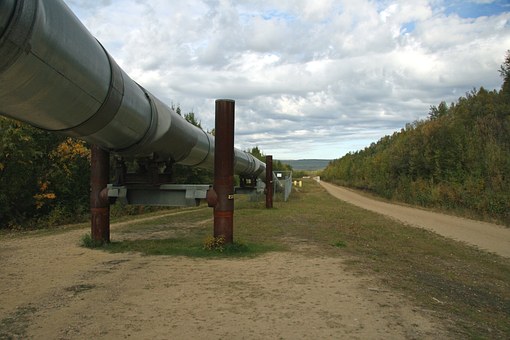Share of U.S. Natural Gas Production in U.S. Tight Oil Plays Increases Over the Last Decade: EIA

U.S. natural gas production from the three largest oil producing plays (Bakken, Eagle Ford and Permian) has risen over the last 10 years, according to an Oct. 31 report published by the U.S. Energy Information Administration. Natural gas accounted for 40 percent of total production from these plays during 2024, compared to 29 percent in 2014.
Crude oil and natural gas production together from these plays has increased by more than 100 percent over the last decade, as hydraulic fracturing and horizontal drilling has permitted operators to access and extract more crude oil and natural gas from tight formations. Associated natural gas production, which is natural gas produced from oil wells mainly has increased significantly from these tight plays. Natural gas production from these plays over the last decade increased by more than threefold, up 22 billion cubic feet per day (Bcf/d) compared to crude oil production, which more than doubled, up by 4 million barrels per day (b/d) during the period. The increase in associated natural gas production can be attributed to an increase in crude oil production and the amount of gas per barrel of oil that a well yields. This is usually measured by the gas to oil ratio, or GOR, which can be defined as the ratio of the volume of gas that comes out of solution to the volume of oil. An increase in the GOR in an oil well means that a larger amount of natural gas per barrel of oil is being produced.
The agency defines oil wells with a gas to oil ratio, of less than or equal to 6 thousand cubic feet of natural gas per barrel of oil generated (Mcf/b). Wells with a GOR above 6 Mcf/b are classified as natural gas wells. Historically, Bakken, the Permian, and Eagle Ford plays have mainly consisted of oil wells, which led to reduced GORs for these plays. As more natural gas and oil are released inside a well, the GOR begins to gradually increase, and therefore the volume of associated natural gas produced per every barrel of oil increases.
In the Permian play, the percentage of natural gas produced compared to crude oil has been relatively constant, even though the GOR has gradually increased from 3.1 Mcf/b, or 34 percent of total production during 2014 to 4.0 Mcf/b, or 40 percent in 2024. In the Bakken play, the GOR averaged 1.2 Mcf/b, or 16 percent of total production during 2014 and increased to 2.9 Mcf/b or 33 percent of total production in 2024. In the Eagle Ford play, the GOR rose from 3.5 Mcf/b, or 37 percent of total production during 2014 to 5.6 Mcf/b or 48 percent of total production in 2024.
EnerKnol Pulses like this one are powered by the EnerKnol Platform—the first comprehensive database for real-time energy policy tracking. Sign up for a free trial below for access to key regulatory data and deep industry insights across the energy spectrum.
ACCESS FREE TRIAL